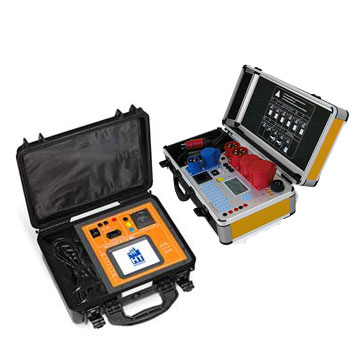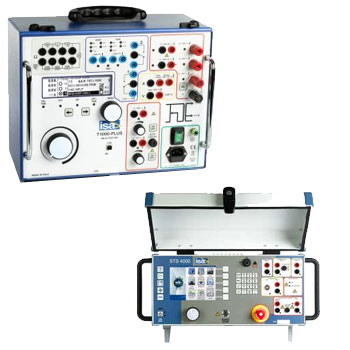
In the seven decades of its existence, Dynisco has accumulated almost 100,000 different configurations. So how do I choose the right one for me? A sensor is typically defined by the following main specifications:
- Print area
- Process connection
- Electrical output and connection
- Capillary configuration (rigid/flexible)
Print area
Typically, the pressure inside a plastics processing machine can be estimated sufficiently to determine a good pressure range for a sensor. The typical working pressure should be between 20% and 80% of the sensor's pressure range to achieve a good balance between accuracy and durability.
Process connection
Over time, a standard has developed for threaded connections in plastics processing, the ½"-20UNF thread with a conical sealing surface. There may be situations where other thread sizes or a flanged connection are required. Dynisco offers numerous options to meet customer process connection requirements.
Electrical output
A pressure sensor is an electromechanical device that converts a mechanical effect into an electrical signal through a strain gauge (pressure applied to a thin piece of metal). The strain gauge changes its resistance by following the deflection of the piece of metal. In the simplest case, the signal coming from the strain gauge can be used directly to feed a reading device to display the pressure. To match industry standard devices such as process control equipment, Dynisco supplies sensors with various amplified output options such as 4-20mA or 0-10V.

Capillary configuration
A typical pressure sensor has a liquid-filled capillary that connects the process diaphragm (which is deflected by the process pressure) and the measuring diaphragm (where the strain gauge is bonded). This capillary is necessary to create a thermal barrier, since the strain gauge cannot withstand the typical process temperatures in plastics processing. The electronics of the sensor must also be kept as far away from heat sources as possible. In order to be able to find a good installation location for the electronics, countless combinations of rigid shaft and flexible connection lengths are available.
Conclusion
These four points provide a rough definition when selecting a suitable sensor for plastics production. Other points that are very individual would be:
- Membrane Materials
- Membrane Coatings
- Approvals and Certifications
- No fill material
- RoHS compliant for sustainability programs
- Robust, thicker Inconel diaphragm is coated with DyMax®
- Optional Type J or K thermocouple is available to provide a melt temperature signal as well as a 4-20 mA temperature output
- Equipped with a 1/2-20 UNF for installation in standard transducer mounting holes
- Also available to install 1/2-20 UNF units into a Button Seal application
- Diaphragm composition of Inconel 718 coated with the abrasion resistant properties of DyMax®
- Sealed, welded shell and electrical connection available if washdown capability is needed for food or mechanical applications (not available if thermocouple option TCx is selected)
- Available with thermocouple temperature output
- 250-10,000 PSI pressure range capability
- HART digital communication available
- Direct measurement tip is a simple and elegant design with a more robust diaphragm
- Direct measurement of process reduces errors transferred by complicated internal support structures, transmission fill materials, or moving push rods
- Designed to work with universal pressure indicators
 Datasheet Datasheet |
 User Manual User Manual |
- 4-20mA loop-powered output
- +/- 0.25% accuracy available
- Wide selection of pressure ranges available
- Turndown 6:1 (3:1 Turndown for model SPX 2290)
- Configurations available for use in hazardous locations
- Remotely configurable via HARTTM
- Precise, repeatable pressure measurements
- Output supplied directly to DSC or PLC
- Meets CE requirements
- CE ATEX Intrinsically Safe Approved
- FM Explosion Proof Approved
- CSA Explosion Proof Approved
- SIL 2 Certified (Pressure Output)
- PL'c' Certified (Relay Output)
- Additional approvals are available

 Datasheet Datasheet
|
- 2 year warranty and 60 years of Dynisco industry experience
- Accuracy better than ±0.5%
- TiAlN diaphragm coating is standard
- mV/V, 0-10VDC, or mA outputs available
- Integral temperature sensor option
- Available in configurations that fit most extruder applications
- 1.5M, 3M, 5M, 7.5M & 10M psi pressure range capability
 Datasheet Datasheet |














































































































































































